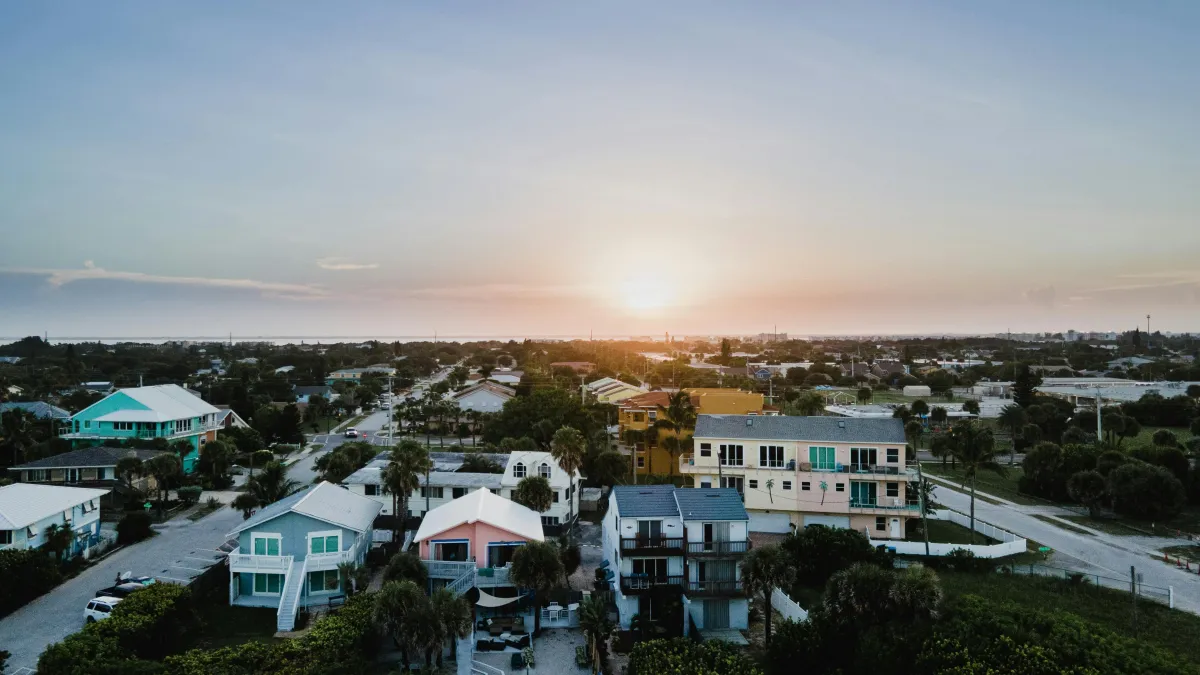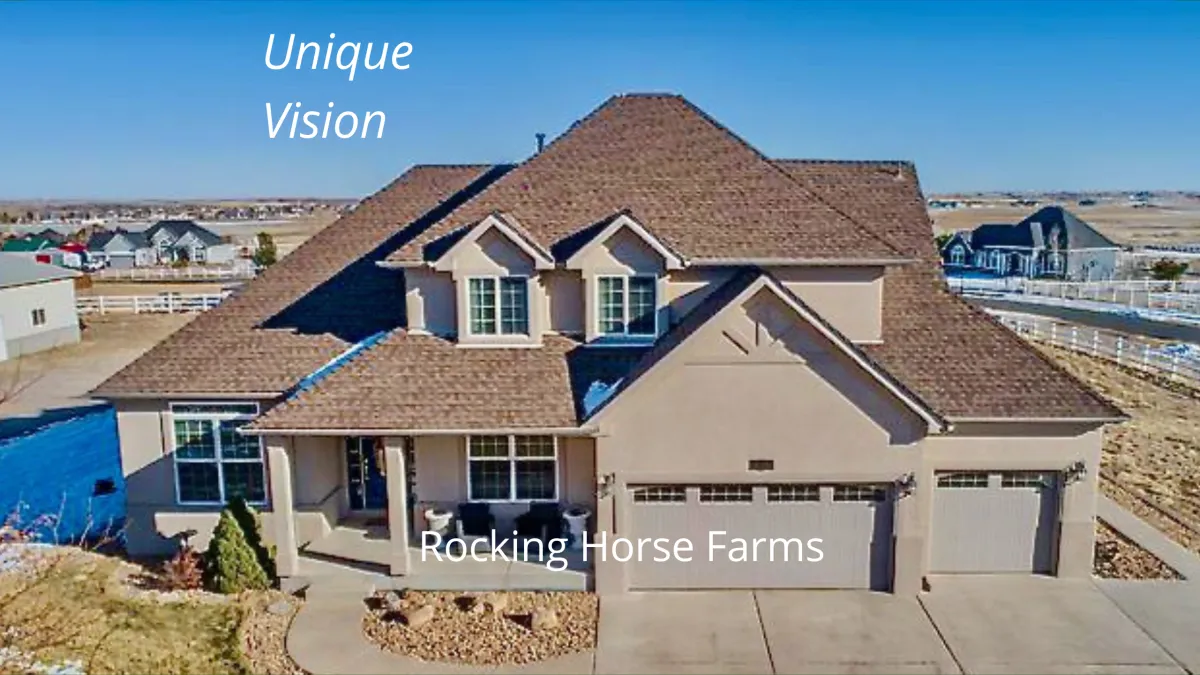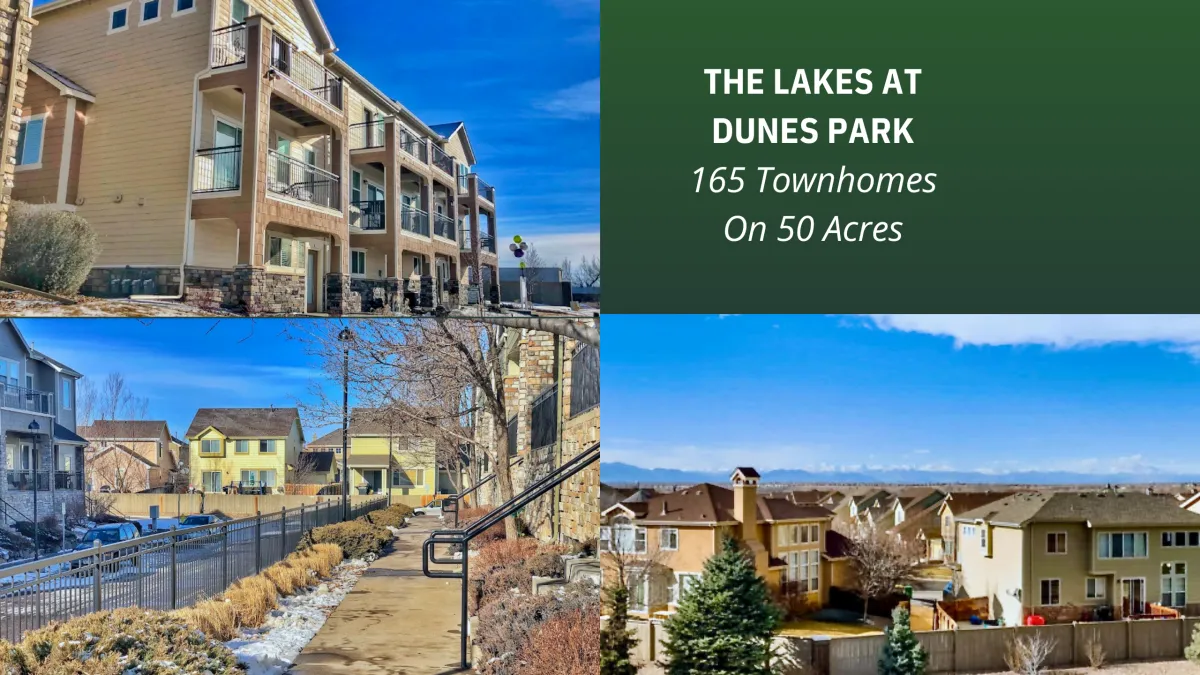Welcome to
Panhandle Landwork!
Where Your Dream Home
Becomes a Reality...

ABOUT US

COMPANY MISSION
We are dedicated to develop quality real estate, execute fast, always deliver.

CORE VALUES
• Integrity
• Efficiency
• Accountability
Finding the perfect home or selling your property shouldn’t be overwhelming—it should be exciting!
At Panhandle Landwork, we make real estate simple, stress-free, and rewarding.
Start your journey today and discover why so many trust us to help them find their place to call home. Let’s make your real estate dreams come true!
SERVICES
The Best Way To Find Your Perfect Home

Site Selection and Acquisition
Identifying and evaluating potential development sites
Conducting market research and analysis
Performing feasibility studies and highest and best use analyses
Negotiating and structuring property acquisitions

Planning and
Design
Developing project concepts and master plans
Coordinating with architects, engineers, and other design professionals
Preparing development concept plans

Entitlements and Approvals
Navigating zoning and regulatory processes
Obtaining necessary permits and approvals
Engaging in public and stakeholder consultations

Financial Analysis and Structuring
Preparing project budgets and financial projections
Conducting feasibility analyses
Assisting in obtaining project financing, including debt and equity

Construction Management
Overseeing the construction process
Coordinating with contractors and subcontractors
Managing project schedules and budgets
Implementing cost control measures
Why choose Panhandle Landwork?
Over 30 years of real estate expertise
Personalized service tailored to your needs
Strong market knowledge & negotiation skills
Hundreds of happy homeowners & investors
Our works through the years ...
Our Flagship Project:
Osprey Point Village
is set to become Florida’s second-largest manufactured home community, boasting 3,500 premium home sites in a vibrant and welcoming setting!
Frequently Asked Questions
What permits and approvals are typically required for real estate development in Florida?
Florida real estate development typically requires multiple levels of approval, including:
• Local government approvals (city/county): zoning compliance, site plan approval, land use changes
• Water Management District permits: stormwater management, wetland impacts
• Florida Department of Environmental Protection permits: environmental resource permits, coastal construction
permits
• Army Corps of Engineers permits (for projects impacting wetlands or navigable waters)
• Florida Department of Transportation permits (for developments affecting state roads)
• Building permits for vertical construction
The specific requirements vary by jurisdiction and project scope, with larger projects often requiring comprehensive Development of Regional Impact (DRI) reviews. Most projects benefit from starting with a pre-application meeting with local planning departments to identify all necessary approvals.
How does Florida's hurricane and flood risk impact development costs and requirements?
Florida's vulnerability to hurricanes and flooding significantly impacts development through:
Construction Standards:
The Florida Building Code includes some of the nation's strictest wind resistance requirements, particularly in coastal high-velocity hurricane zones (Miami-Dade and Broward Counties).
Insurance Costs:
Developers must factor in higher builders risk insurance premiums during construction and ongoing property insurance costs that can affect project feasibility.
Elevation Requirements:
FEMA flood zone designations may require raising structures above base flood elevation, adding significant costs to site preparation.
Stormwater Management:
More robust drainage systems are required to handle intense rainfall events.
Materials Selection:
Materials must withstand high humidity, salt exposure (in coastal areas), and intense UV radiation.
These requirements typically add 15-25% to construction costs compared to similar developments in non-coastal states, but result in more resilient properties with potentially higher long-term values.
What are the key differences between developing on Florida's coast versus inland areas?
Coastal and inland development in Florida present distinct challenges and opportunities:
Coastal Development:
• Stricter environmental regulations and coastal construction control lines
• Higher land acquisition costs ($1-3 million+ per acre for prime waterfront)
• Additional permitting through FL Department of Environmental Protection
• Saltwater corrosion considerations in materials and systemsMore restrictive height limitations in many communities
• Storm surge protection requirements
• Higher insurance costs and construction standards
• Potential for premium pricing on finished properties (30-60% premium)
Inland Development:
• Generally simpler permitting processes and fewer environmental restrictions
• Lower land costs ($50,000-500,000 per acre depending on location)
• Fewer construction constraints regarding materials and methods
• Less restrictive height limitations in many areas
• Lower insurance costsFaster approval timelines in many jurisdictions
• Growing demand as coastal prices push buyers inland
• Greater opportunities for large master-planned communities
How do Florida's environmental regulations affect the development process?
Florida's unique ecosystems create a complex regulatory landscape for developers:
Wetland Protection:
Florida has stringent wetland protection regulations. Impacts to wetlands typically require mitigation through restoration, enhancement, or preservation of wetlands elsewhere at ratios of 2:1 or higher.
Endangered Species:
The presence of protected species like gopher tortoises, Florida panthers, or sea turtles requires habitat assessments and potentially costly relocation or mitigation programs.
Water Quality:
Stormwater management systems must meet specific treatment standards to protect Florida's vulnerable aquifer system and surface waters.
Coastal Construction:
Development near beaches must address sea turtle nesting habitat, dune preservation, and coastal erosion concerns.
Tree Ordinances:
Many Florida municipalities have strict tree preservation requirements with substantial mitigation fees for removals.
Environmental due diligence is critical during site selection. A thorough Phase I Environmental Site Assessment and natural resources inventory should be conducted early in the process, as environmental constraints can reduce developable area by 20-40% on many Florida sites.
What financing options are available for real estate development projects in Florida?
Florida developers can access several financing options:
Traditional Construction Loans:
Commercial banks typically finance 65-75% of project costs for established developers with strong track records.
EB-5 Financing:
Popular in South Florida, this program allows foreign investors to obtain permanent residency by investing in job-creating developments (minimum $900,000 in targeted employment areas).
Community Development District (CDD) Bonds:
Special purpose government entities can issue tax-exempt bonds to fund infrastructure for master-planned communities, spreading costs to future property owners.
Opportunity Zone Incentives:
Federal tax benefits for investments in designated economically distressed areas throughout Florida.
State and Local Incentives:
Programs like tax increment financing (TIF) in Community Redevelopment Areas (CRAs) can provide public funding support for qualifying developments.
Joint Ventures:
Equity partnerships with institutional investors, particularly for larger projects exceeding $25 million.
Private Equity Funds:
Numerous real estate private equity firms specifically target Florida development opportunities.
Current lending terms typically include interest rates of Prime + 1-3% depending on developer experience, with 2-3 year terms for vertical construction and 5-7 year terms for phased master-planned communities.
What are the most promising markets and property types for development in Florida currently?
Florida's growth continues to create opportunities across multiple sectors:
Multifamily Housing:
Strong demand persists in most urban and suburban markets, especially for mid-market apartments ($1,500-2,500/month rent range) near employment centers.
Active Adult/55+ Communities:
Florida's demographic trends strongly favor age-restricted communities, particularly in Central Florida and Gulf Coast markets.
Logistics/Industrial:
E-commerce growth drives demand for last-mile distribution centers near population centers and larger regional facilities along the I-4 and I-95 corridors.
Mixed-Use Developments:
Projects combining residential, retail, and office components perform well in walkable urban locations, especially in Tampa, Orlando, and Jacksonville.
Medical Office/Healthcare:
Florida's aging population creates sustained demand for healthcare-related real estate, including medical office buildings and specialty care facilities.
Affordable/Workforce Housing:
Severe shortage creates opportunities for developers who can navigate complex financing structures including tax credits.
Geographically, secondary markets show particularly strong potential, including Sarasota, Fort Myers, Port St. Lucie, Daytona Beach, and parts of the Florida Panhandle, where land costs remain relatively reasonable while population growth exceeds state averages.
How is climate change affecting real estate development planning in Florida?
Climate change considerations are increasingly central to Florida development planning:
Sea Level Rise Adaptation:
Forward-thinking developers are incorporating higher base elevations (typically 2-3 feet above minimum requirements) and designing flexible infrastructure systems that can be modified as conditions change.
Resiliency Features:
Developments increasingly include backup power systems, water management innovations, and storm hardening beyond code requirements.
Insurance Challenges:
As insurers reassess coastal risks, developers must consider how future insurance availability and costs will affect project viability and marketability.
Municipal Requirements:
Cities like Miami, Miami Beach, and Tampa have implemented new resiliency reviews as part of the development approval process.
Investor Scrutiny:
Institutional capital partners increasingly require climate risk assessments and adaptation strategies before funding Florida projects.
Shifting Demographics:
Development activity is gradually shifting toward higher elevation areas, with increasing land values in previously overlooked inland locations.
Water Conservation:
Water-efficient fixtures, Florida-friendly landscaping, and rainwater harvesting systems are becoming standard due to concerns about long-term freshwater availability.
Contact Us!
Office: 19211 Panama City Beach Pkwy #1053
Panama City Beach, FL 32413-8712
Call: +1(850) 999-7802
Fax: (850) 662-0815
Email: [email protected]
Site: www.panhandlelandwork.com









